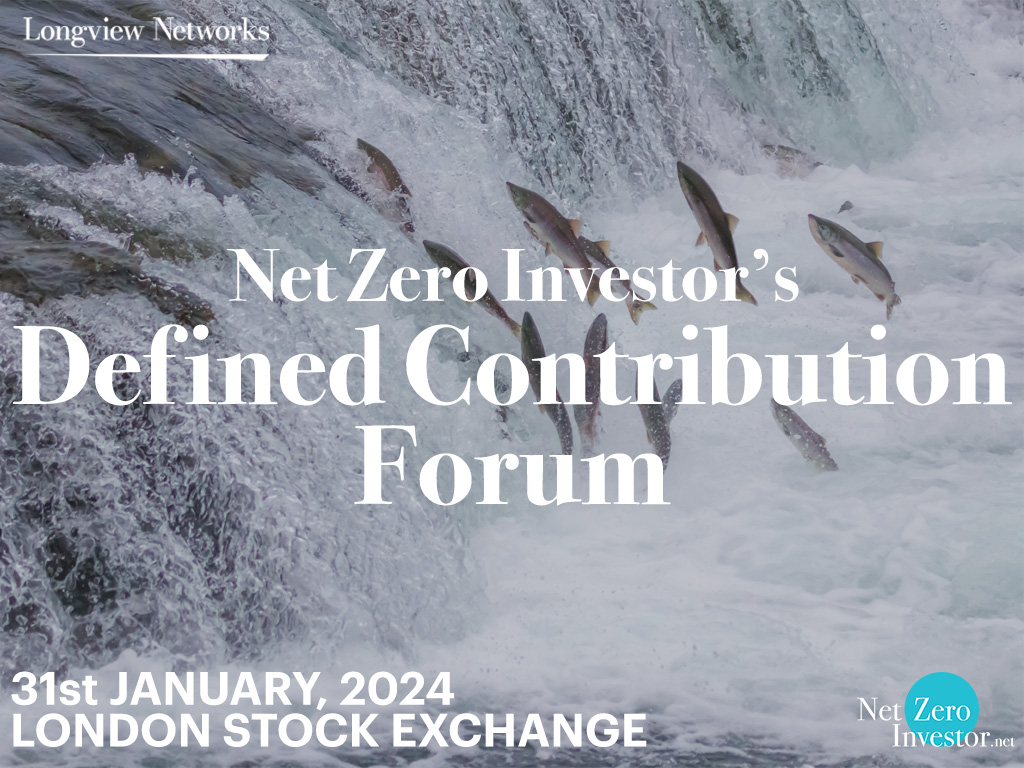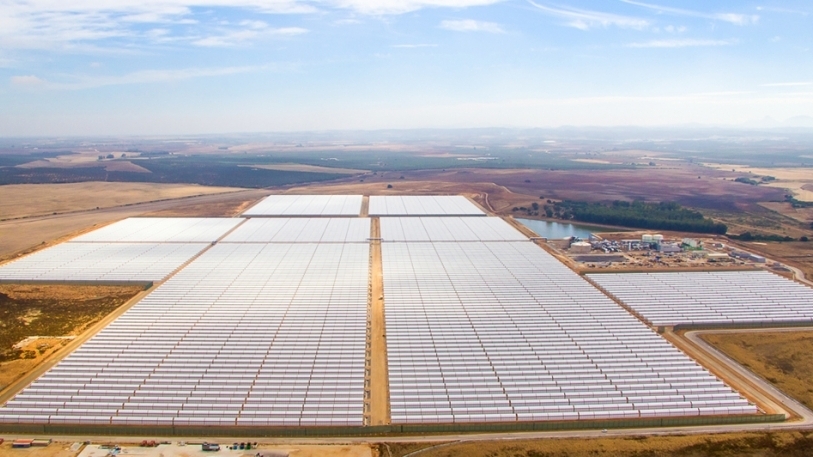
NZAOA: emissions data ‘patchy’ so investors should embrace different measures
Faced with intensifying climate risk, there is a growing focus on tracking portfolio emissions exposure.
Investors are also increasingly setting portfolio level emissions targets and reporting annually on their progress against these targets, according to a new investor-focused report that was shared with Net Zero Investor.
The UN-convened Net Zero Asset Owner Alliance (NZAOA), together with FTSE Russell, part of the London Stock Exchange Group, said that, despite the progress made, significant challenges remain, and this is unlikely to change in 2024.
The NZAOA and FTSE Russell analysed the carbon exposure trends and measurement techniques using the FTSE All-World Index as the reference benchmark, an index of over 4,000 large and mid-cap firms in developed and emerging economies, covering over 90% of market capitalisation of listed equities globally.
They found that with a rebounding global economy post Covid in 2021, they observed that emissions declines are moderating, with typical firm-level emission reduction decreasing from 5% to 1%, compared to a quarter of reporting index constituents increasing emissions by at least 10% in 2021.
Chained absolute emissions for disclosing firms increased by 2%, reversing modest reductions in previous years.
"Input data remains patchy and tricky to compare across the investable universe."
Going forward, "portfolio emissions results require careful interpretation" as the researchers recommend that investors rely on "a dashboard of portfolio emissions metrics instead of a single measure to avoid idiosyncratic biases."
Moreover, they urge investors to "focus on multi-year trends rather than year-on-year fluctuations given the volatility of most portfolio emissions metrics."
"Despite extensive research efforts and a plethora of proposed metrics, a consensus has yet to develop among experts and practitioners around the best approach to assessing portfolio carbon exposure," the researchers wrote in an email to this publication.
They stressed that input data "remains patchy and tricky to compare across the investable universe," particularly for Scope 3 and production-based metrics.
Meanwhile, each metric is subject to "idiosyncratic volatility, driven not only by changing emissions profiles, but also by shifts in index composition, macroeconomic volatility, and estimation methods," they concluded.
Also read
Deal in Dubai as COP28 leaders agree to ‘transition away’ from fossil fuels





